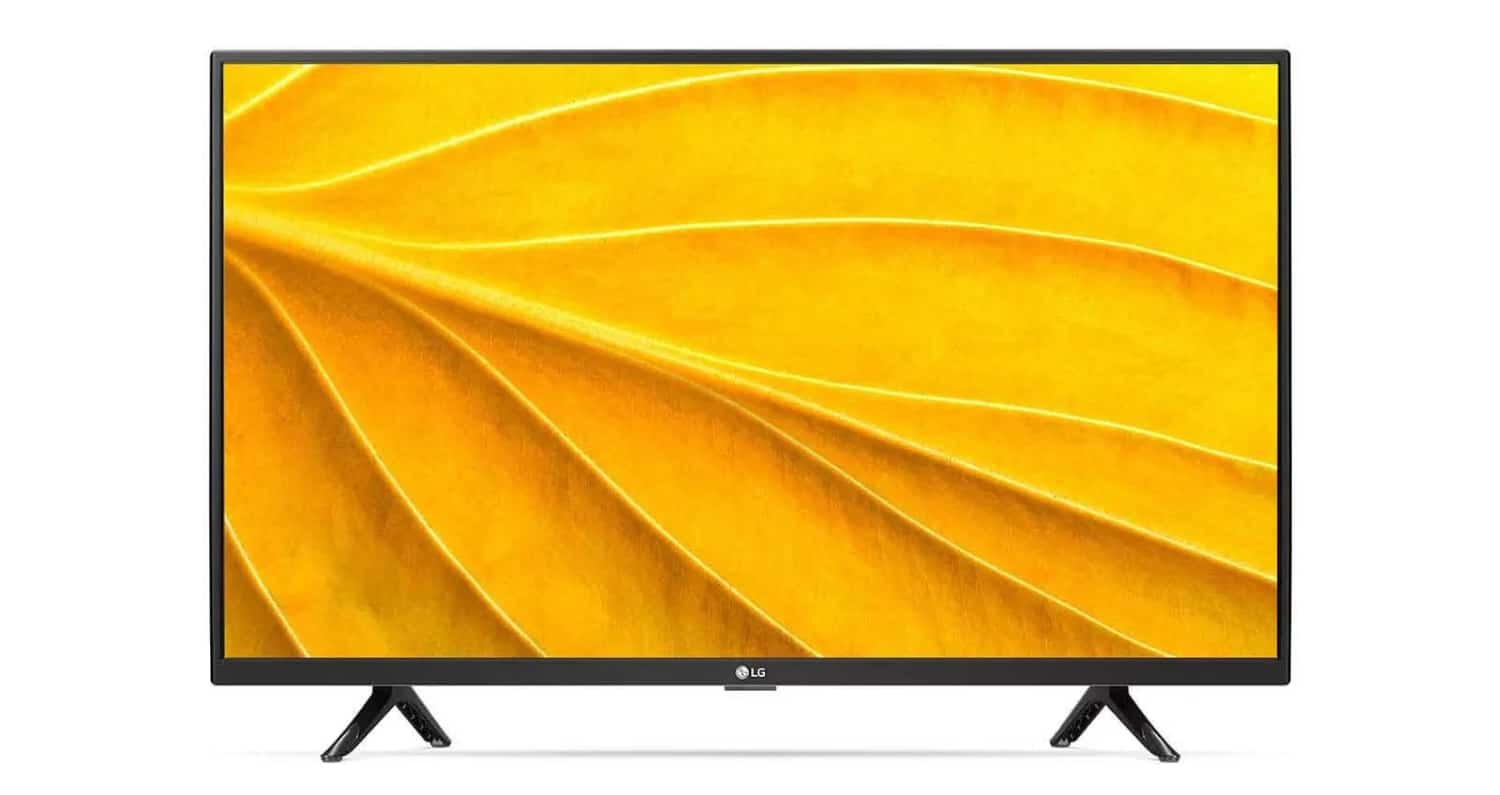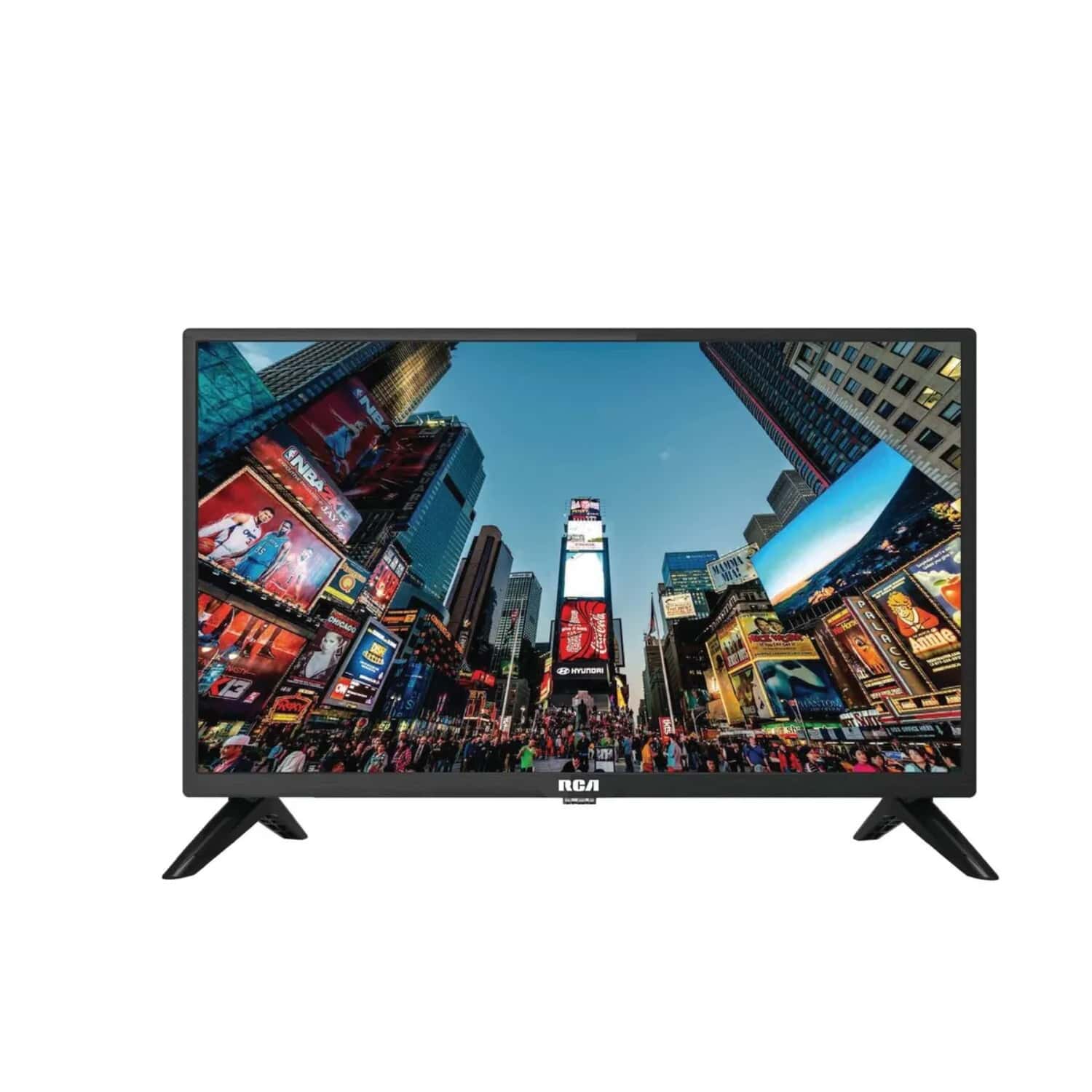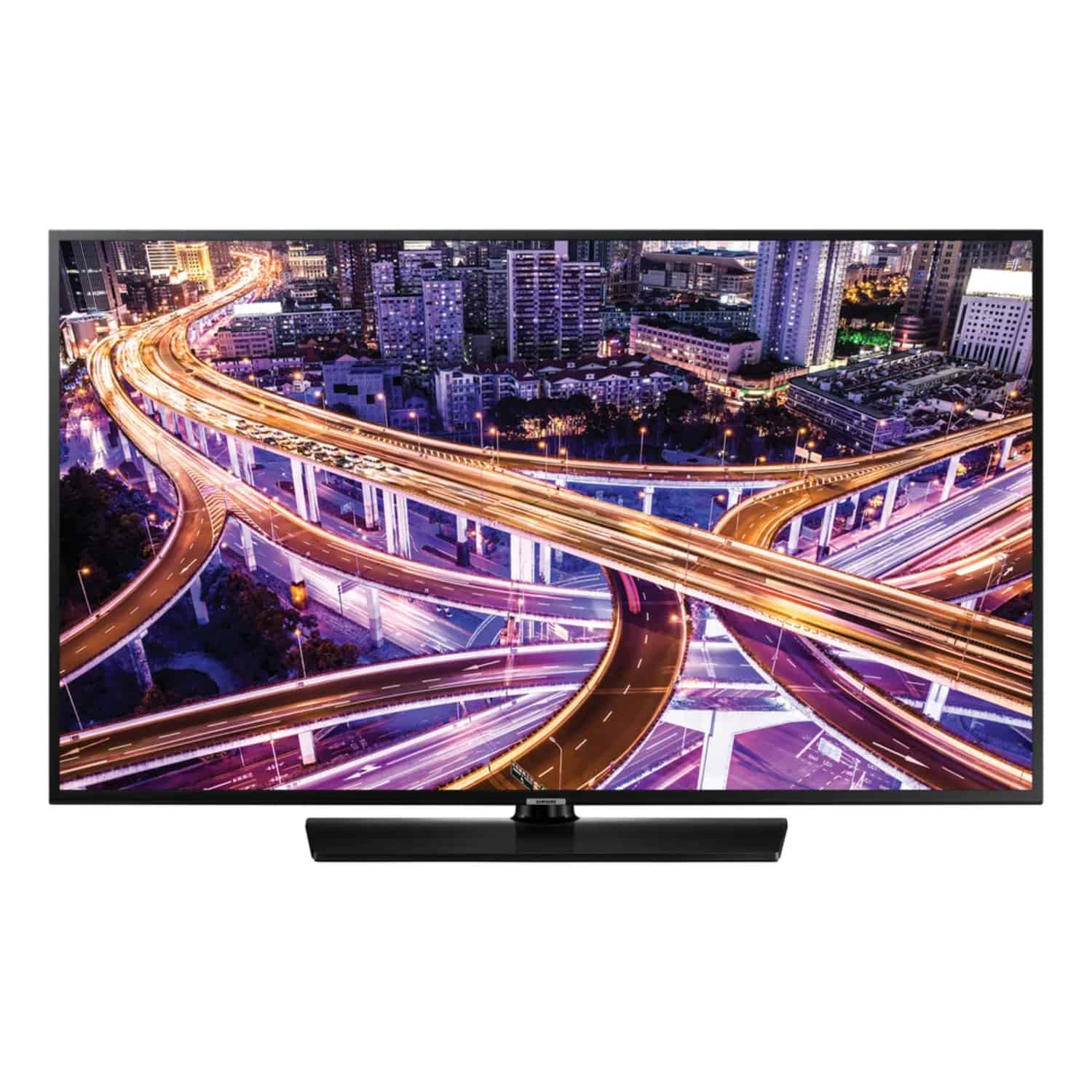Imagine this: you’re settled in for a movie night, but your non-smart TV feels like a relic from a bygone era, unable to stream your favorite shows. Frustrating, right? In today’s world, where streaming services offer a galaxy of entertainment, being stuck with a traditional TV can feel like you’re missing out. But what if I told you that your trusty old TV could join the streaming revolution without the cost of an upgrade? That’s right – connecting your non-smart TV to WiFi isn’t just possible; it’s a game-changer.
How to Connect a Non-Smart TV to WiFi Wireless? Use a streaming device like a Roku, Amazon Fire Stick, or Google Chromecast. Simply plug the device into your TV’s HDMI port, connect it to your WiFi network, and voilà – your non-smart TV is now a gateway to streaming heaven.
Let’s dive into how you can unlock a world of digital content, transforming your viewing experience without breaking the bank.
See Also: How to Connect Netgear WiFi Extender to Spectrum Router?
Contents
Understanding Non-Smart TVs
In a world brimming with smart gadgets, a question often arises: “can a non-smart TV connect to wifi?” The answer is a resounding yes, and here’s how. A non-smart TV is your traditional television set that doesn’t connect to the internet natively. It’s the straightforward, no-frills cousin in the TV family, focusing solely on broadcasting channels and playing media from external devices.
Now, let’s draw a line between smart and non-smart TVs. Smart TVs are like the Swiss Army knives of the television world. They’re internet-enabled, letting you stream Netflix, browse the web, and even use social media, all without additional devices. Non-smart TVs, on the other hand, stick to the basics. They’re the canvas, not the painter – they display content from cable, DVDs, or any connected device, but they don’t offer built-in streaming or internet services. For more detailed comparisons, check out this article on how to connect your TV to the internet.
This distinction is crucial because it shapes how we transform these digital dinosaurs into streaming champions. By understanding the fundamental nature of non-smart TVs, we can better appreciate the magic of connecting them to WiFi, bringing them toe-to-toe with their smarter counterparts.
Why Connect Your Non-Smart TV to WiFi?
One might wonder, “can you connect a non-smart TV to the internet?” Absolutely! In an era where streaming is king, your non-smart TV might seem like it’s missing the party. But here’s a thought: instead of shelling out big bucks for a new smart TV, why not give your current TV a brain boost by connecting it to WiFi?
But it’s not just about streaming. WiFi connectivity can breathe new life into your TV with software updates, often enhancing performance or adding new features. It’s like getting a new TV without actually getting one.
And let’s not forget the cost factor. In a world where every penny counts, upgrading to a smart TV can be a wallet-drainer. By connecting your existing TV to WiFi, you’re making a savvy financial move. You get all the perks of a smart TV – the streaming, the updates – without the hefty price tag. It’s a win-win: your wallet stays happy, and your TV steps into the 21st century.
Equipment Needed for Connection
If you’re pondering how to make a TV WiFi capable, the answer lies in gathering the right equipment. Transforming your non-smart TV into a streaming powerhouse is like gearing up for a mini adventure. You’ll need a few key pieces of equipment, each playing a vital role in the journey. Here’s your essential gear list:
- Streaming Devices: These are the heart of the operation. Devices like Roku, Amazon Fire Stick, or Google Chromecast act as a bridge, connecting your TV to the world of online content. They’re easy to use – just plug them into your TV, connect to WiFi, and you’re set to explore the streaming universe. For more insights on how these devices work and their advantages, visit how does a portable WiFi router work.
- HDMI Cable: Think of this as the lifeline between your streaming device and your TV. Most modern non-smart TVs have an HDMI port – that’s where this cable goes. It’s the messenger, carrying audio and video signals from your streaming device to your TV screen.
- WiFi Router: This is your gateway to the internet. A strong, stable WiFi connection is crucial for seamless streaming. The router should be powerful enough to handle video streaming without buffering, ensuring a smooth viewing experience.
- Remote Control: Often, your streaming device will come with its own remote. This little gadget is your navigator, helping you explore the vast sea of content available online.
- Power Adapters: These are the unsung heroes, providing the juice your streaming device needs to run. Make sure you have a nearby power outlet or a power strip ready.
Each of these items plays a specific role in the setup, working together to turn your non-smart TV into a smart entertainment hub. With this gear, you’re all set to embark on your streaming adventure!
Step-by-Step Guide to Connecting Your TV
Getting your non-smart TV connected to WiFi, or in other words, learning how to connect a non-smart TV to the internet, might seem like a tech challenge, but fear not! It’s like piecing together a simple puzzle, and I’m here to guide you through it. Let’s break it down:
Using Streaming Sticks (Roku, Amazon Fire Stick, Google Chromecast)
- Plug In the Streaming Stick: Insert your streaming device into an available HDMI port on your TV.
- Connect to Power: Use the power adapter to plug the streaming stick into an electrical outlet. For a detailed guide on setting up these devices, you can refer to this helpful tutorial.
- Switch to the Right HDMI Input: Use your TV remote to switch to the HDMI input that corresponds to where you plugged in the device.
- Set Up the Device: Follow the on-screen instructions to connect the device to your WiFi network. This usually involves selecting your network and entering the password.
- Start Streaming: Once connected, you can navigate through the device’s interface to access various streaming services.
Using Gaming Consoles (PlayStation, Xbox)
- Connect the Console: Plug your gaming console into your TV’s HDMI port.
- Power On: Turn on both your TV and the console.
- Access Network Settings: On your console, go to the settings menu and find the network settings.
- Connect to WiFi: Select the option to connect to a wireless network, choose your network, and enter the password.
- Access Streaming Apps: Most consoles have streaming apps like Netflix or Hulu available, which you can use just like on a streaming stick.
Troubleshooting Common Issues
- No Signal on TV: Ensure the TV is set to the correct HDMI input. Double-check the connections.
- WiFi Connection Issues: If the device isn’t connecting to WiFi, make sure you’re entering the correct password. Restarting your router can also help.
- Buffering or Poor Quality: This often indicates a weak WiFi signal. Consider moving your router closer to the TV or using a WiFi extender.
- Device Not Working: Ensure the device is properly powered. If it still doesn’t work, try using a different HDMI port or cable.
By following these steps, you should be able to connect your non-smart TV to WiFi with ease. Remember, each device might have its own specific setup process, so keep the instructions handy. Happy streaming!
Alternative Methods
While streaming devices and gaming consoles are popular choices for connecting a non-smart TV to WiFi, there are alternative methods that can be just as effective. Let’s explore a couple of these options, along with their pros and cons.
Using a Laptop or PC
- HDMI Connection: Connect your laptop or PC to your TV using an HDMI cable. This will mirror your computer’s screen onto your TV.
- Wireless Mirroring: If you have a smart TV or a TV with a mirroring feature, you can wirelessly project your computer’s screen to your TV.
Pros:
- Versatility: You can access any website or service that your computer can, offering a wider range of content.
- No Additional Cost: If you already have a laptop or PC and an HDMI cable, there’s no need for extra equipment.
Cons:
- Setup and Convenience: Continuously connecting and disconnecting a laptop can be cumbersome.
- Quality Limitations: The streaming quality might be limited to your computer’s capabilities.
Using Media Servers (Plex, Kodi)
- Set Up a Media Server: Install a media server application like Plex or Kodi on your computer.
- Connect to TV: Use a compatible streaming device or console to access the media server from your TV.
Pros:
- Centralized Media Library: Organize and stream your personal collection of movies, shows, and music.
- Customization: Media servers offer a high level of customization and additional features.
Cons:
- Initial Setup: Setting up a media server can be complex for beginners.
- Dependence on Computer: Your computer needs to be on and connected to the network to access the media server.
Each of these methods offers a unique way to enhance your TV’s capabilities. Whether you prefer the simplicity of an HDMI cable or the advanced features of a media server, there’s an option that fits your needs and tech comfort level.
Maximizing Your Viewing Experience
Once your non-smart TV is connected to WiFi, it’s all about getting the most out of your streaming experience. A few tweaks and the right choices can make a world of difference. Here’s how to optimize your setup for peak performance:
Optimizing WiFi for Streaming
- Strengthen Your Signal: If your WiFi signal is weak, consider moving your router closer to the TV or investing in a WiFi extender. A strong signal is key to smooth streaming. For tips on improving your WiFi signal, see how to boost WiFi signal without access to router.
- Limit Bandwidth Usage: Streaming in high definition consumes a lot of bandwidth. If other devices are using the network for heavy tasks like downloading or online gaming, it might affect your streaming quality. Try to limit network usage during streaming sessions.
- Choose the Right Time: Sometimes, streaming during peak hours can lead to buffering due to high internet traffic. Streaming during off-peak hours can provide a smoother experience.
Choosing Streaming Services and Content
- Service Selection: Opt for streaming services that offer a good balance of quality and variety. Netflix, Hulu, and Amazon Prime Video are popular choices, offering a wide range of movies, TV shows, and documentaries.
- Content for Non-Smart TVs: Look for services that support older TV models. Some services offer a ‘lite’ version of their app designed for less advanced hardware, ensuring better compatibility and performance.
- Explore Free Options: Don’t overlook free streaming services like Crackle or Tubi. They offer a decent selection of content without the monthly subscription fee.
By optimizing your WiFi setup and choosing the right services, you can turn your non-smart TV into a streaming haven, ensuring hours of entertainment without the hassle of constant buffering or compatibility issues.
Safety and Maintenance Tips
Keeping your streaming setup running smoothly involves a bit of care and attention. Here are some tips to maintain your equipment and ensure a secure WiFi connection:
- Regular Dusting: Dust can accumulate and potentially harm electronic devices. Regularly dust your TV, streaming devices, and any other equipment to keep them in top condition.
- Surge Protection: Use a surge protector to safeguard your devices from power surges, which can cause damage.
- Software Updates: Keep your streaming devices updated with the latest software. These updates often include security patches and performance improvements.
- Secure WiFi Network: Protect your WiFi network with a strong, unique password. Consider using WPA3 encryption for enhanced security.
- Regular Reboots: Occasionally rebooting your router can help maintain a stable and fast internet connection.
FAQs
How do I connect my non-smart TV to my phone?
You can connect your non-smart TV to your phone using an HDMI cable or screen mirroring apps. For HDMI, connect the cable to both your phone and TV. For screen mirroring, ensure your TV supports this feature or use a compatible app on your phone.
How do I install apps on a non-smart TV?
You cannot directly install apps on a non-smart TV. However, you can install apps on a streaming device, Blu-ray player, gaming console, or phone, and then access these apps on your TV through these devices.
Can screen mirroring be done on any TV?
Screen mirroring is only possible on TVs that support this feature. However, using an HDMI cable for screen mirroring is feasible with any TV.
How do I know if my TV has Wi-Fi capability?
Check the settings section of your TV for a Network Connections or Wi-Fi Setup option. If these options are not available, your TV likely does not have Wi-Fi capability.
What are the best ways to connect a non-smart TV to Wi-Fi?
The best ways to connect a non-smart TV to Wi-Fi include using a streaming device, HDMI cable, Blu-ray player, gaming console, or screen mirroring from another device.
Conclusion
By connecting your non-smart TV to WiFi, you’re not just keeping up with technology; you’re redefining your entertainment experience. You’ve unlocked a treasure trove of streaming services, bringing the latest shows and movies right to your living room. It’s a cost-effective way to upgrade your viewing experience without the expense of a new TV.
So, take a moment to appreciate your newly upgraded TV. With a little bit of setup and some basic equipment, you’ve transformed your traditional television into a smart entertainment hub. Dive into the endless possibilities, explore new shows, and rediscover old favorites. Your non-smart TV is now a window to a vast world of digital entertainment, all from the comfort of your couch.

Jamie is a freelance tech, travel and space journalist based in the UK. He’s been writing regularly for IPRouterLogin since it was launched in 2008 and also writes regularly for Forbes, The Telegraph, the South China Morning Post, Sky & Telescope and the Sky At Night magazine as well as other Future titles T3, Digital Camera World, All About Space and Space.com.

